The rhythmic tapping sounds hitting the trunk of a tree are one of nature’s most familiar melodies. As you know, the source of this sound is woodpeckers, also known as the carpenters of the forest. “Why do woodpeckers knock on trees and don’t they get any headaches?” If you think, the answer lies in their unique genetics.
What woodpeckers feed on, with their colorful feathers and impressive beaks, is perceived differently due to their intimacy with trees. While mentioning the woodpecker species that have many interesting aspects that an ordinary observer cannot notice, “Is there a woodpecker in Turkey?” We will also answer the question.
If you care about animals and especially this pecking master If you are interested in woodpeckers, let’s move on to their physical adaptations, behavioral characteristics, feeding habits and complex life.
Information about woodpeckers:
They have beaks that have evolved to pierce trees.
woodpeckers, It displays one of nature’s most striking engineering marvels. The most striking feature of these birds is undoubtedly their specially evolved beaks for piercing trees.
The hardness and shape of their beaks allow the bird to grow trees without damaging or damaging the tree bark. without hurting yourself It allows it to make holes.
The majority of woodpeckers are insectivorous in their feeding habits.
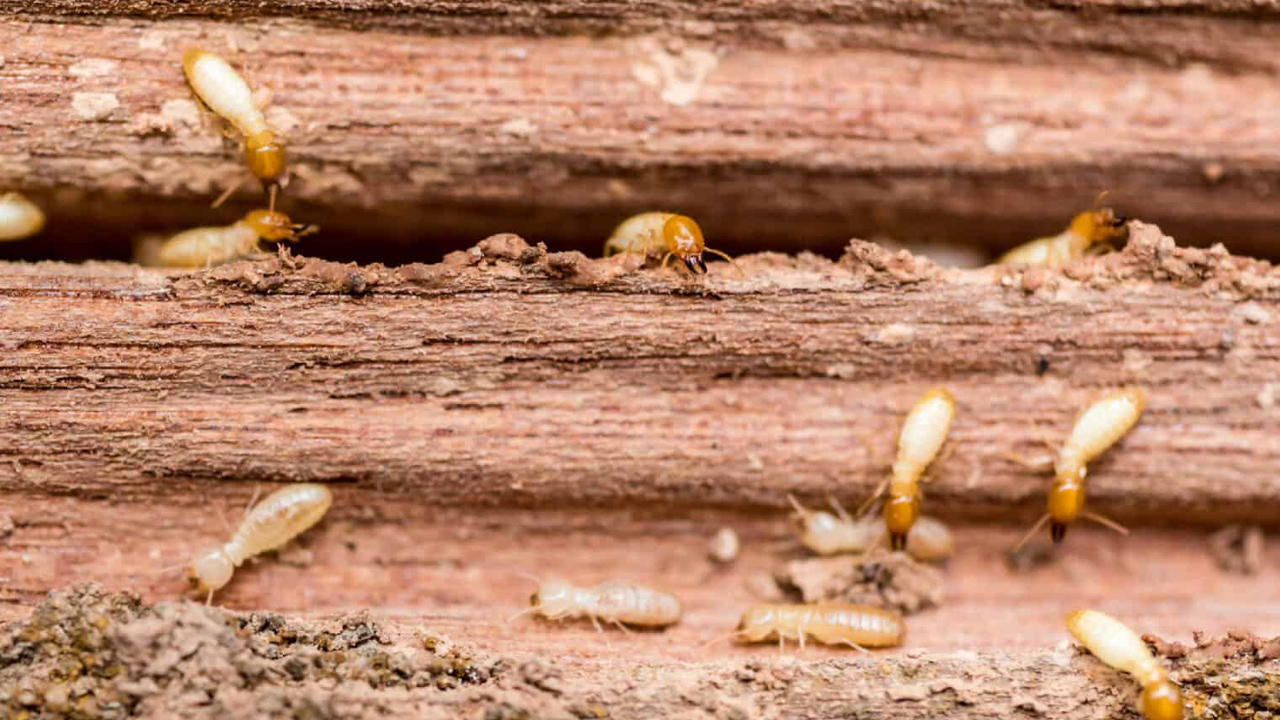
This, “Why do woodpeckers knock on trees?” While it answers the question, it also explains what they actually feed on. This feeding method allows woodpeckers to use their excellent hearing and strong, sharp beaks to effectively locate and extract prey.
Some species consume food derived from plant sources, such as tree sap and gum. These species are especially used to suck sap from trees. their long, sticky tongues uses. Fruits and seeds also have an important place in the diets of some woodpecker species.
Their brains are protected during the constant hitting action.
woodpecker skullIt has a structure that absorbs the impact and distributes it before it reaches the brain. Thanks to their special microstructure, they are not affected by the force that may occur on people’s brains when exposed to them.
Woodpeckers’ flights exhibit a wave-like movement.
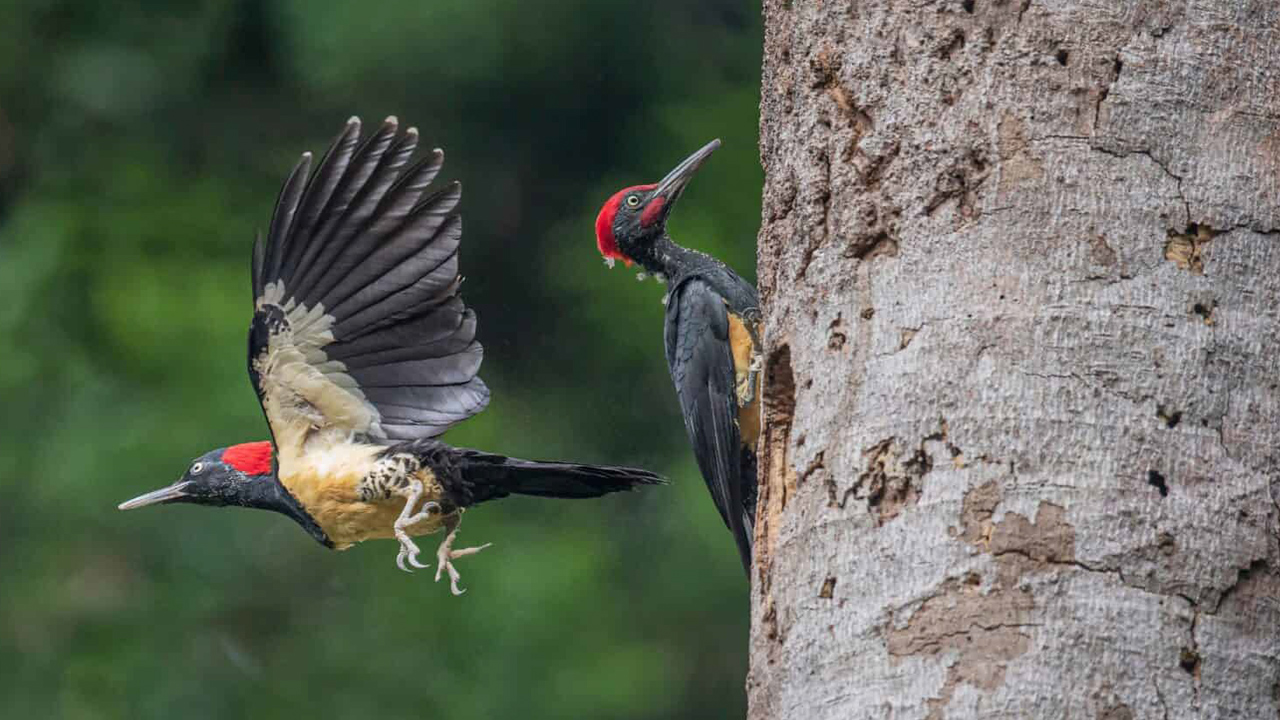
This movement allows them to use energy efficiently and travel long distances without getting tired. The claws are on his four fingers. two in front, two in back positioned correctly.
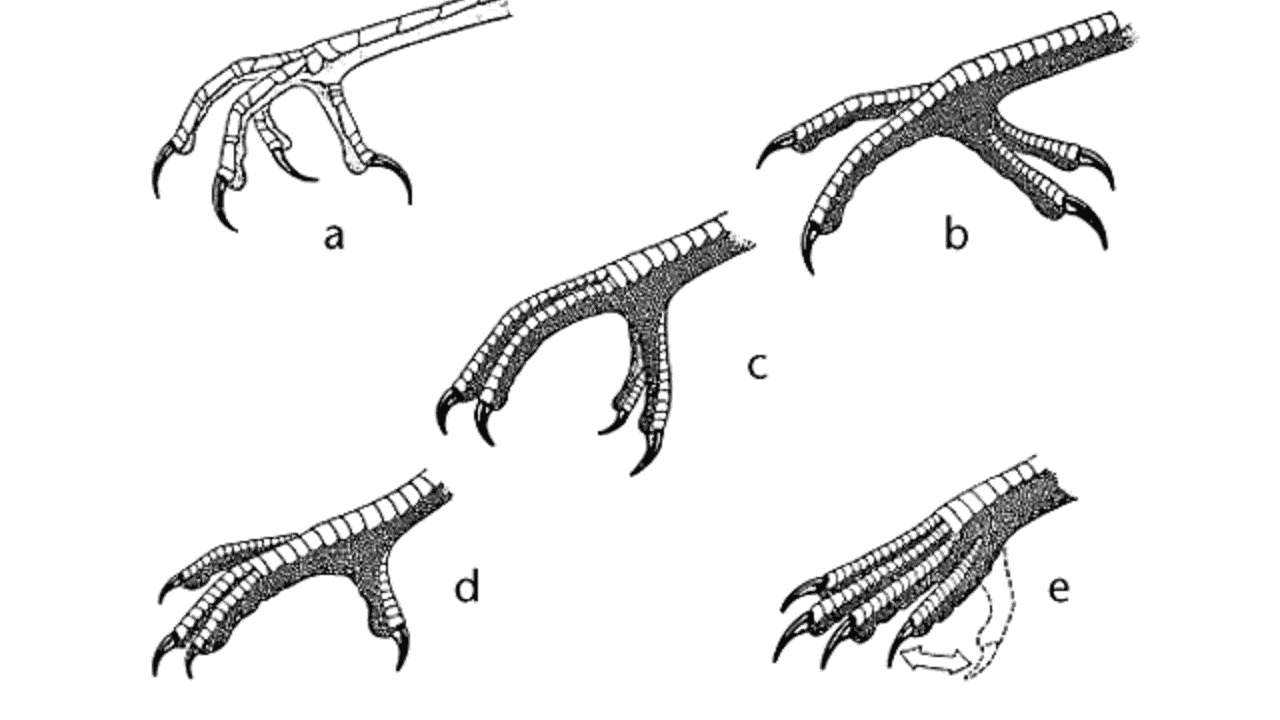
The foot structure also provides a solid grip on tree trunks and branches. Thus, woodpeckers attack vertical surfaces can climb easily and they can maintain their balance.
They have special hairs to keep their body temperature balanced.
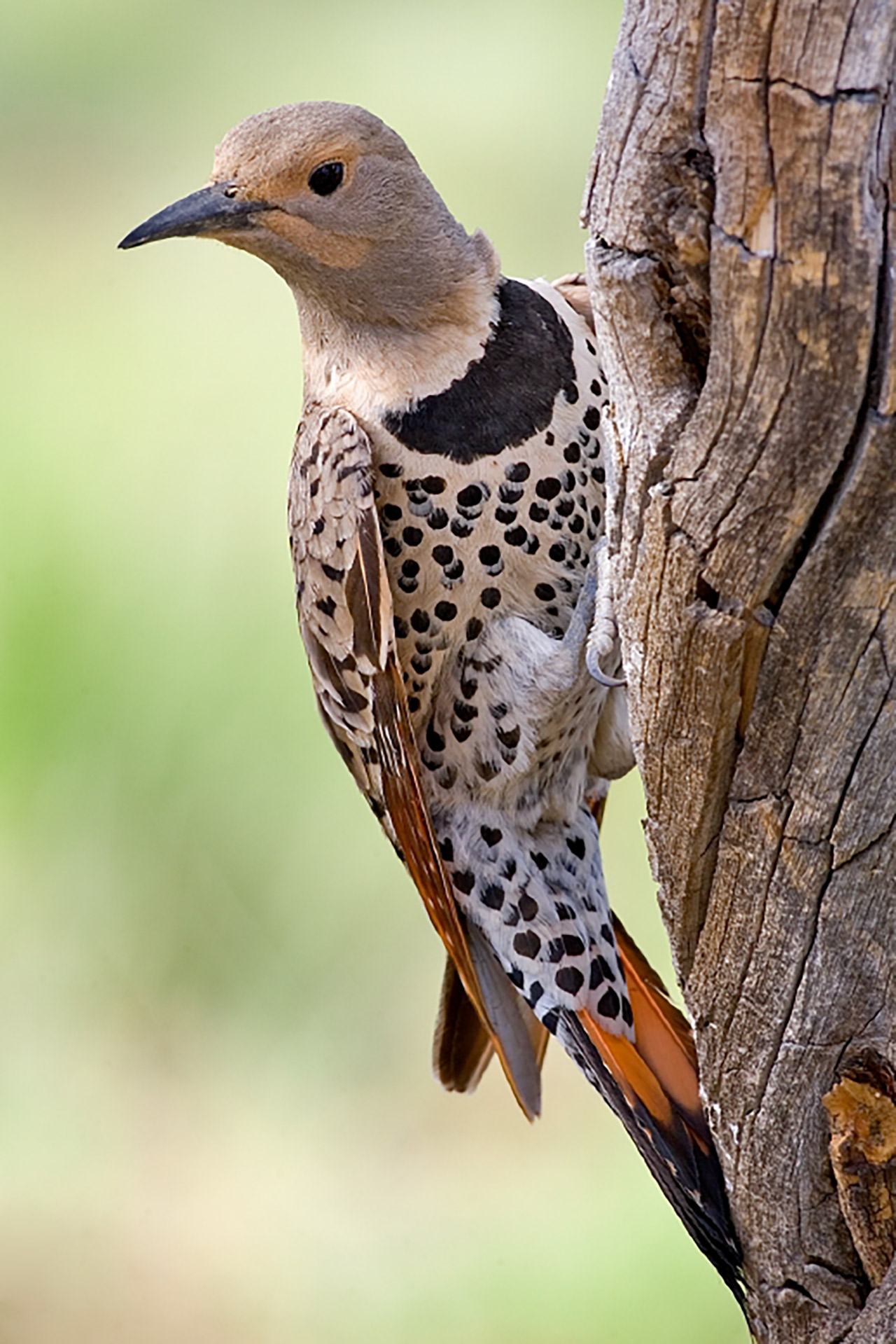
Woodpeckers have specialized methods for managing the heat produced during intense physical activity. To regulate body temperature They can regulate blood circulation and they warm up in cold weather and cool down in hot weather.
They can make 12 thousand pecks a day.
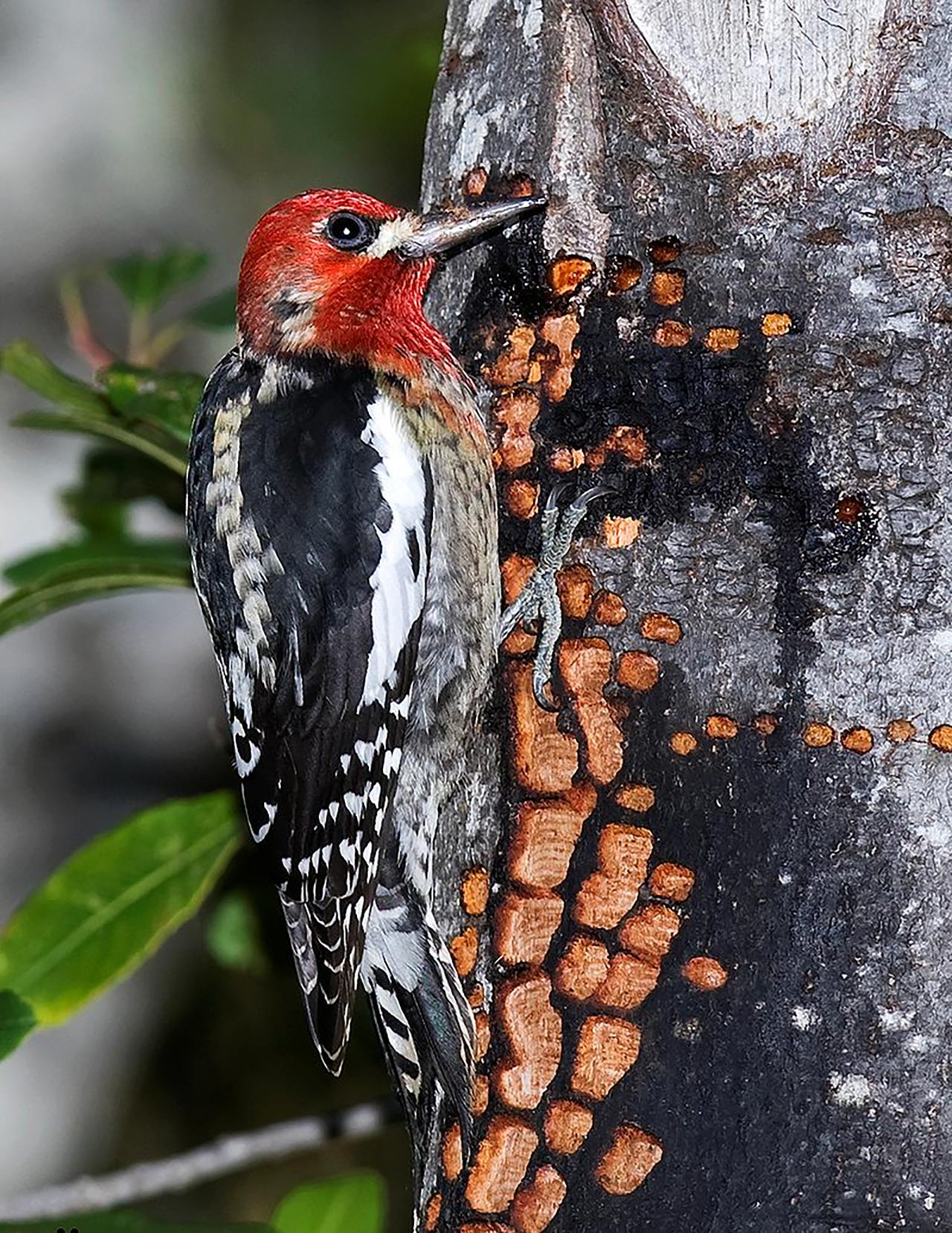
Up to 20 times per second Another unique adaptation of these pecking animals is the sound production they use to communicate. The pecking “tick click” sound serves the purpose of both marking territory and communicating with the mate. These features give them “jungle drummer” It also brings its nickname.
Thanks to their special muscles and structures, the sounds they make can reach very long distances. They hearing ability It is also well-developed in terms of exposure to these high sound levels. Thus, they can easily detect communication sounds.
They make nests in holes they dig in tree trunks.
The nests they build provide a sheltered environment for both their eggs and their young. Nest building is usually done by male woodpeckers and this process can take several days. So they have The female bird does not build the nest.
They are attracted to dead or dying trees.
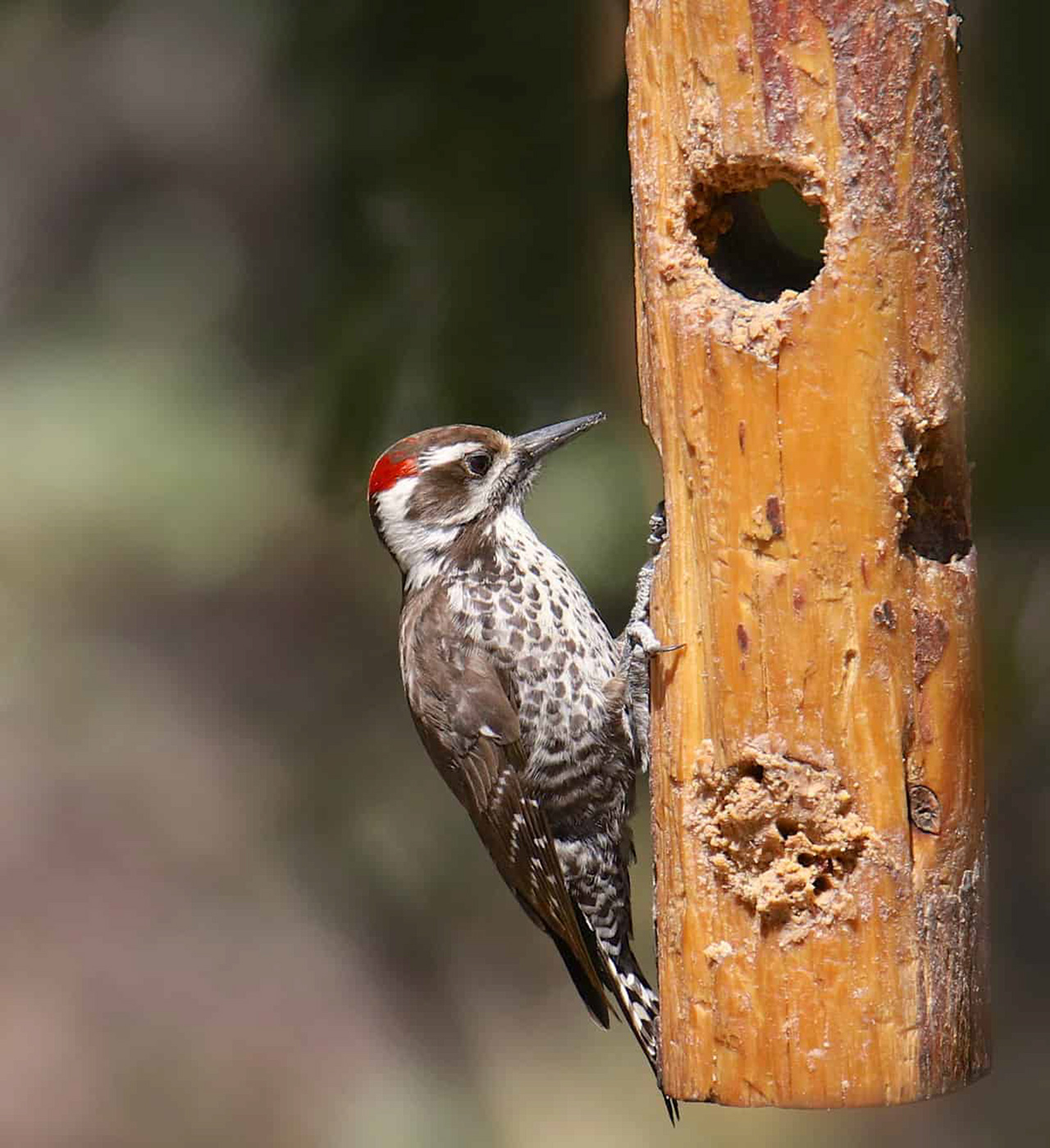
Because these trees host many insects. Larvae and spiders, especially those that breed behind crevices and tree bark, ants and caterpillars It’s a treat for them.
In addition to feeding, they also use these trees to nest their young. In short, the nutrients and opportunities offered by dead trees, “Which tree does the woodpecker live in?” It answers the question directly.
There are more than 200 species of woodpeckers.
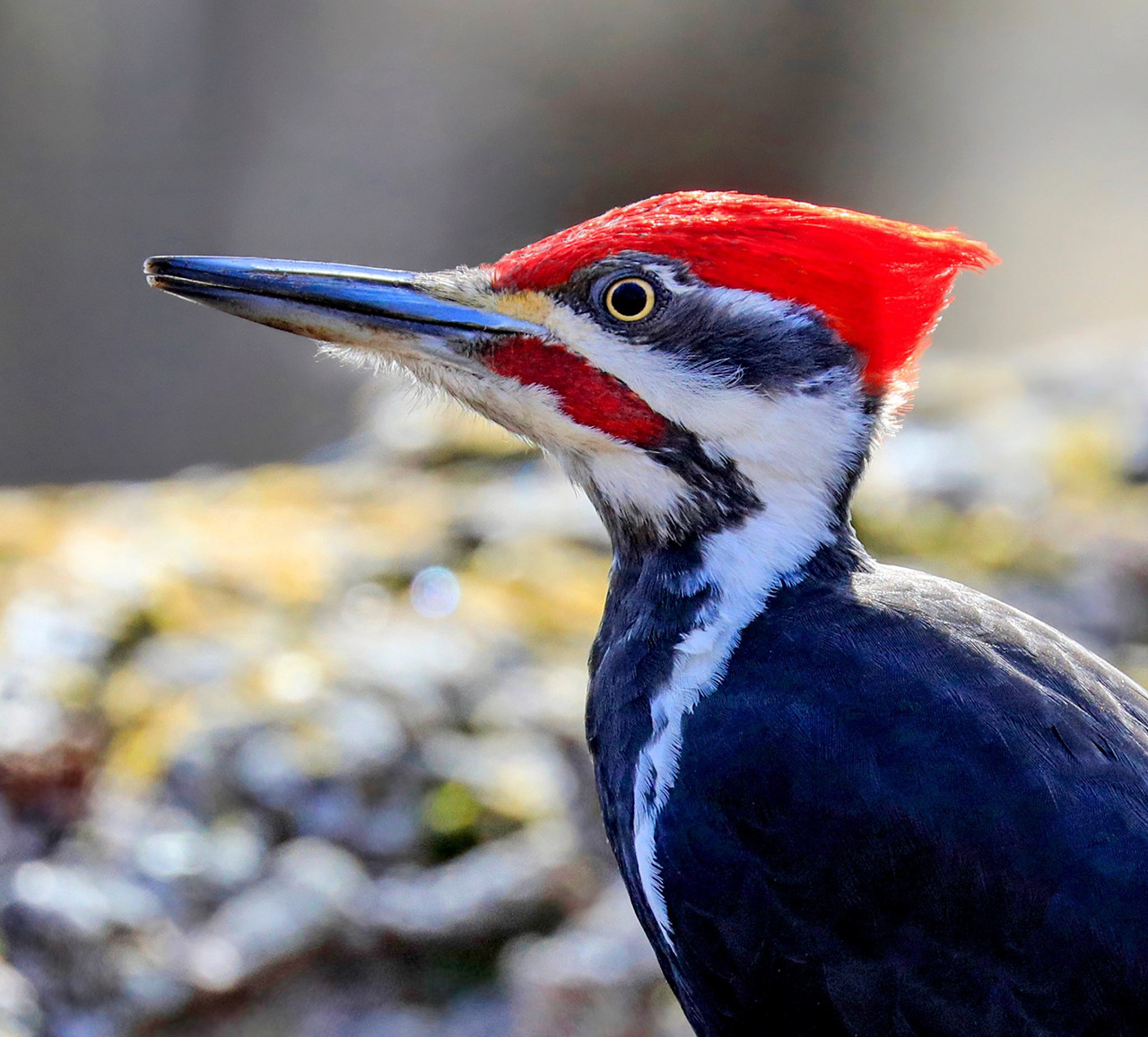
Woodpeckers are found in many different regions of the world, and each species has developed unique characteristics and adaptations specific to the environment in which they live. woodpecker species Its distribution varies depending on various factors such as environmental factors and nutritional sources.
Woodpecker in tropical regions The diversity of species is higher because these areas have a variety of habitats and food resources that birds need.
This species diversity can also be considered an indicator of the adaptation abilities of woodpeckers. Their ability to adapt to different environmental conditions makes these birds unique in nature. One of the most flexible and durable living creatures someone is doing it.
There are 9 different species of woodpeckers in Turkey.
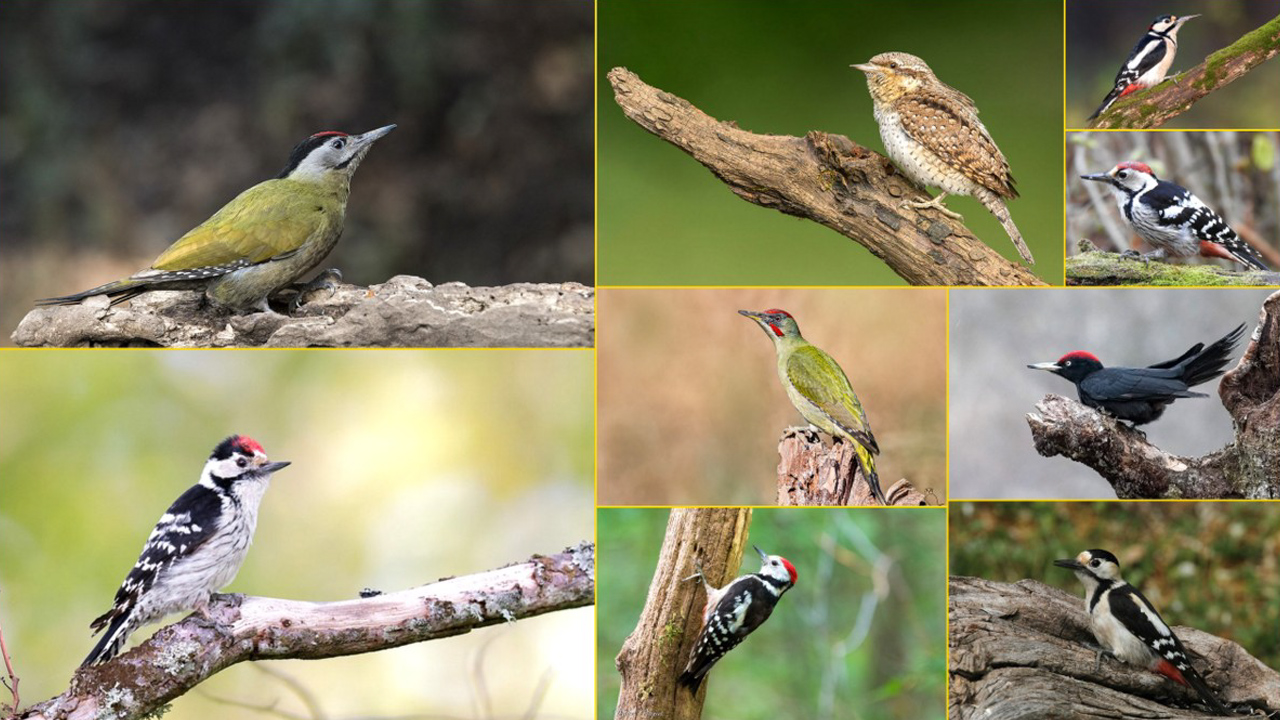
“Is there a woodpecker in Turkey?” When we ask the question, we actually find the answer when we listen to the sounds in nature. 9 different species exist in our country. These; black woodpecker, green woodpecker, little green woodpecker, forest tawny woodpecker, tawny woodpecker, sneezy woodpecker, median woodpecker, little woodpecker and jack-in-the-wool woodpecker.
Among these, only The stickleback woodpecker is a migratory species. Native woodpeckers live in the same place both summer and winter. Their habitats are mostly forests, parks, gardens and groves.
Some woodpecker species live in cacti.
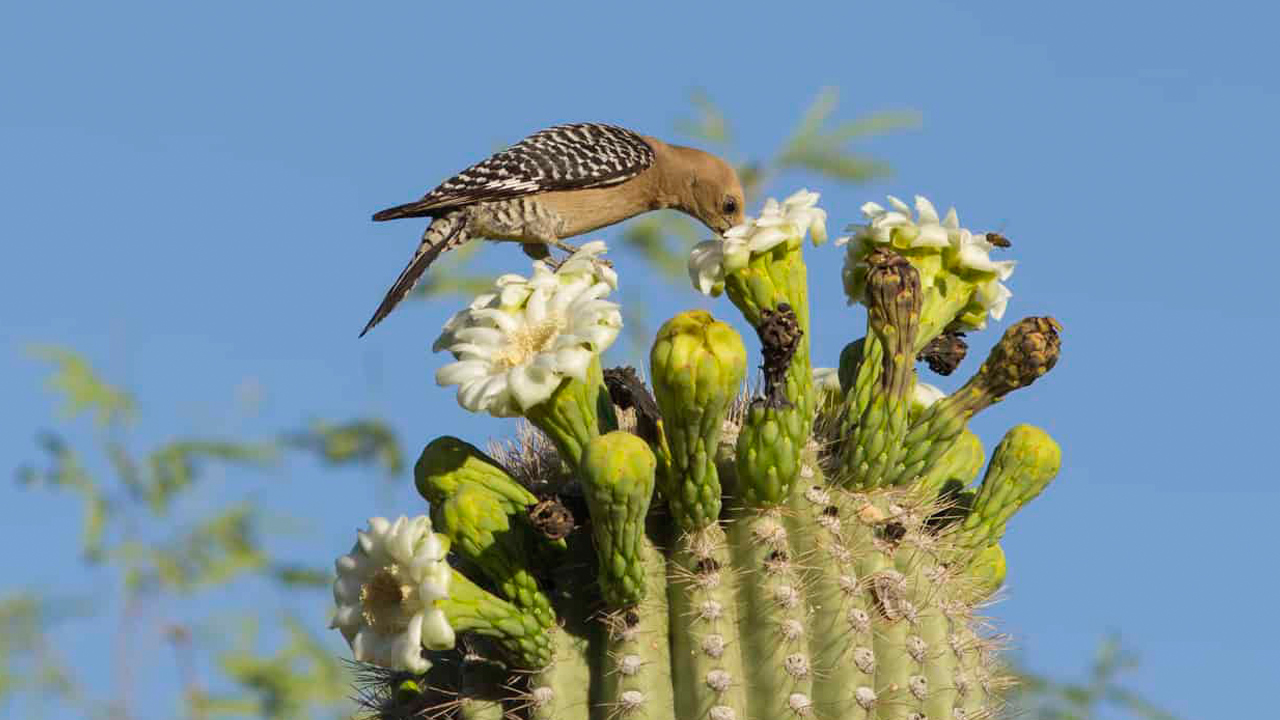
Even though we always think of forests when we think of woodpeckers, this does not cover all of them. Some species survive in deserts. Gila woodpeckers, which live in North America, Baja and western Mexico, makes holes in cacti and eats insects, lizards, worms, baby birds and eggs there.
Parenting is a cooperative process among woodpeckers.
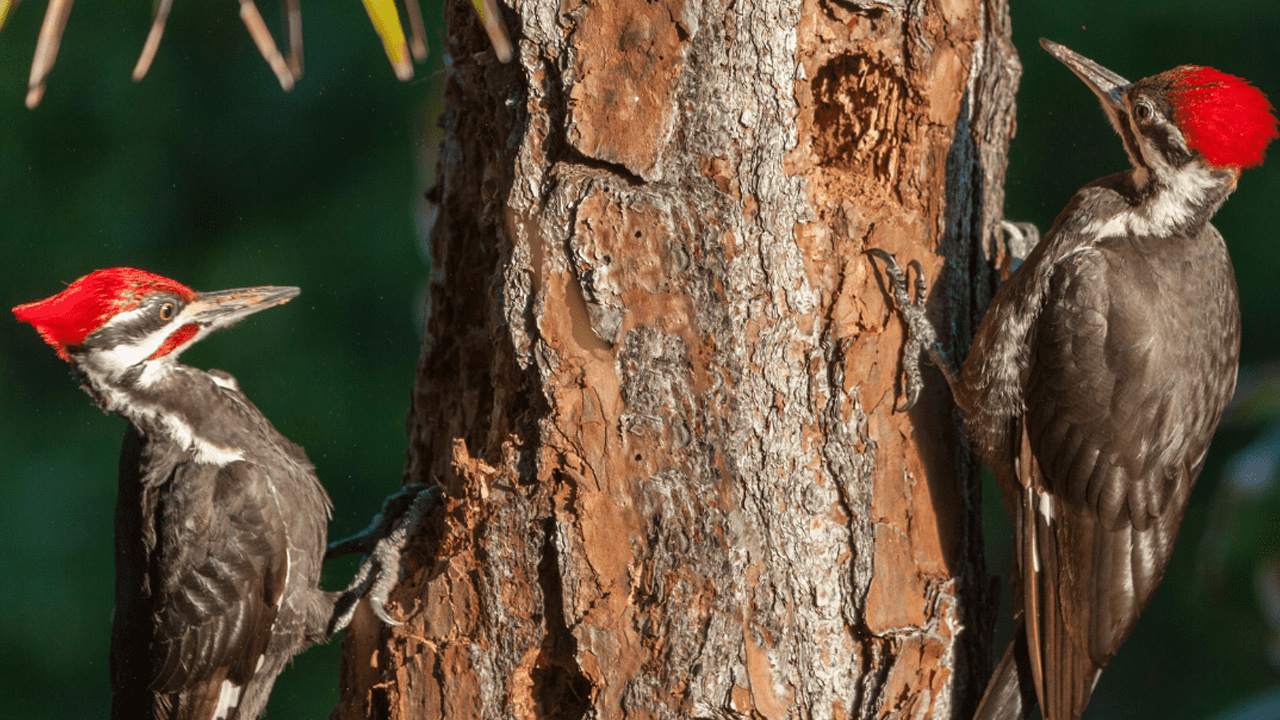
Both male and female during incubation period warming the eggs one by one and they work together to feed the young once they hatch. The young usually learn to fly and leave the nest within a few weeks, although in some species the young may remain with the family group until the next breeding season.
Feeding habits are vital for forest health and ecosystem balance.
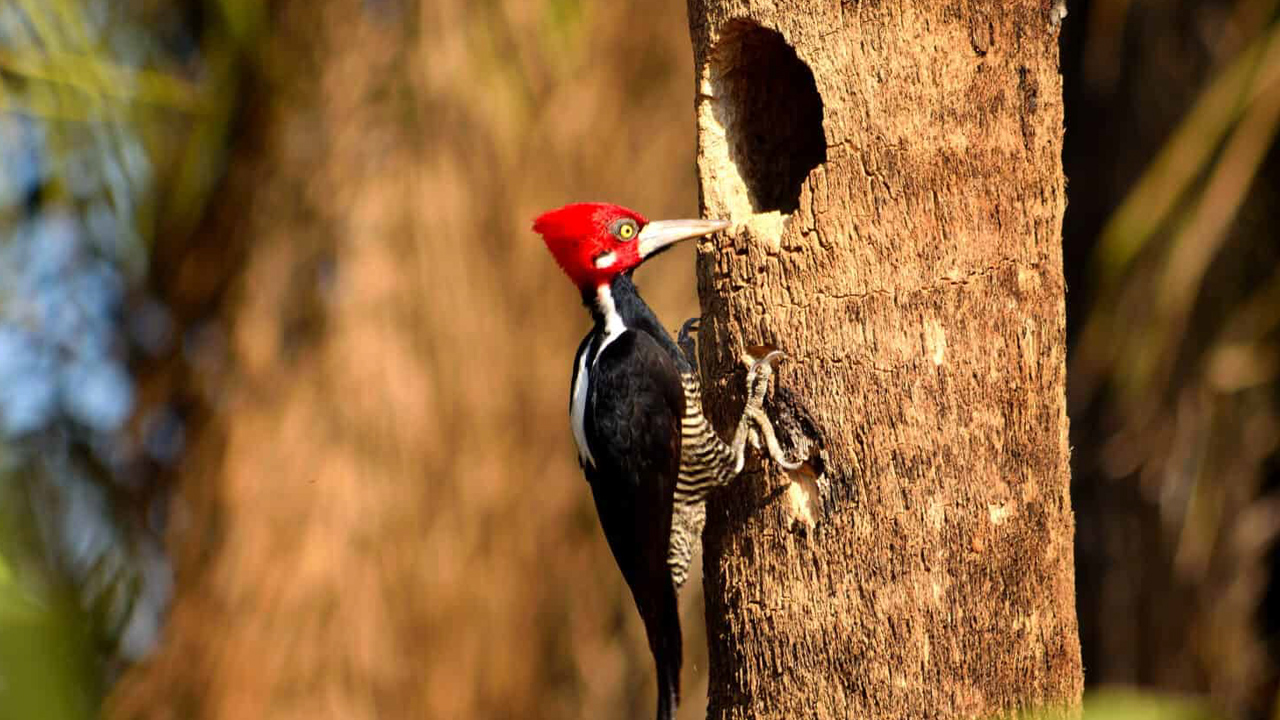
Woodpeckers prevent the spread of tree diseases and pests by keeping insect populations under control. In addition, the holes they make can be used by many other creatures to build nests, thus biodiversity is increasing.
They face threats such as climate change and human activities.
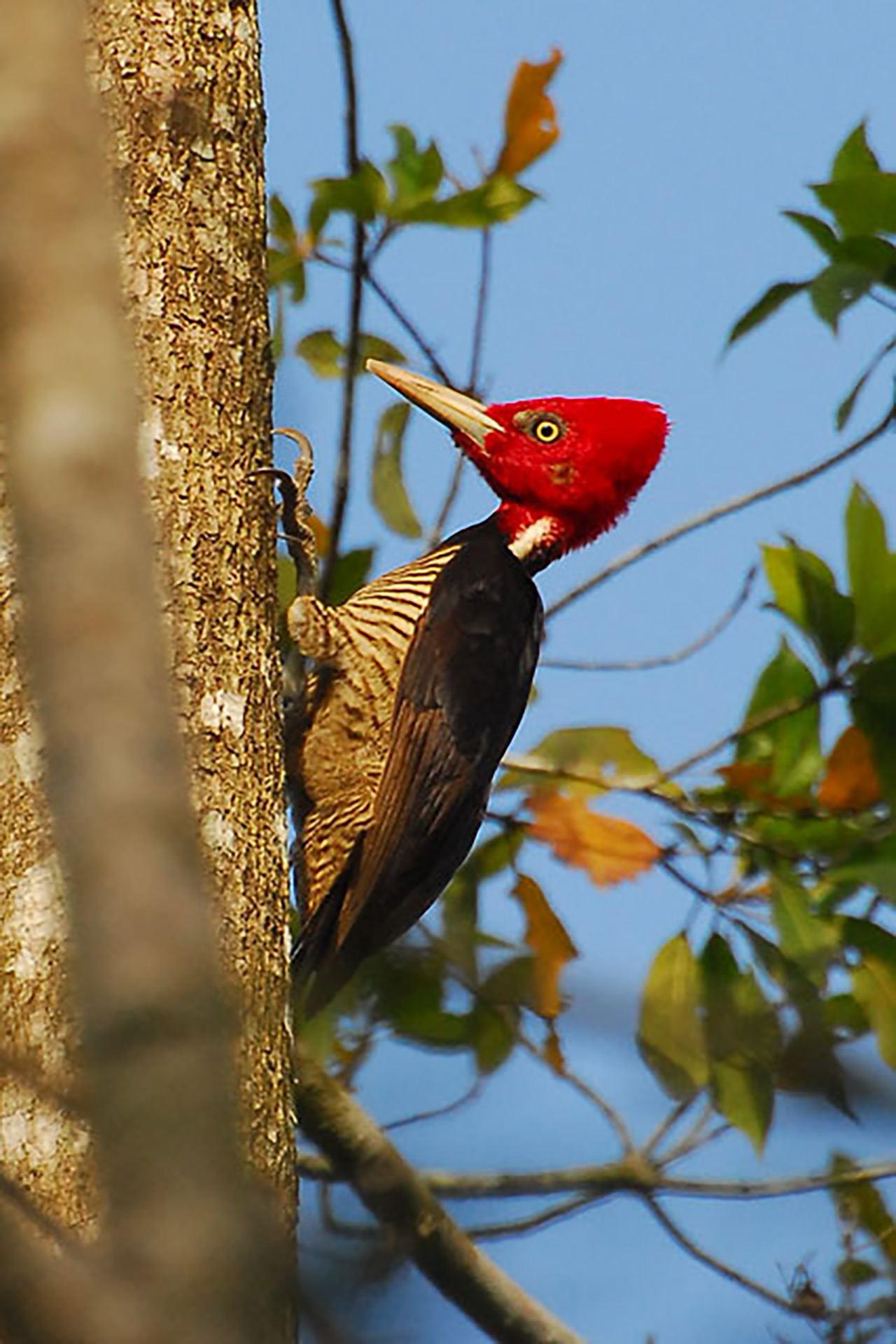
One of the biggest threats to woodpeckers is the destruction of their habitat. The conversion of forest areas into agricultural lands, residential areas or commercial purposes seriously narrows the habitat of woodpeckers. This situation results in decreased food resources, destruction of breeding grounds and results in populations being trapped in isolated areas.
Climate change is also a significant threat to woodpeckers. Temperature changes and habitat changes can affect woodpeckers’ food sources and habitats. Also, climate change migration times of woodpeckers and disrupts reproductive cycles.
There are various efforts to protect and support their populations.
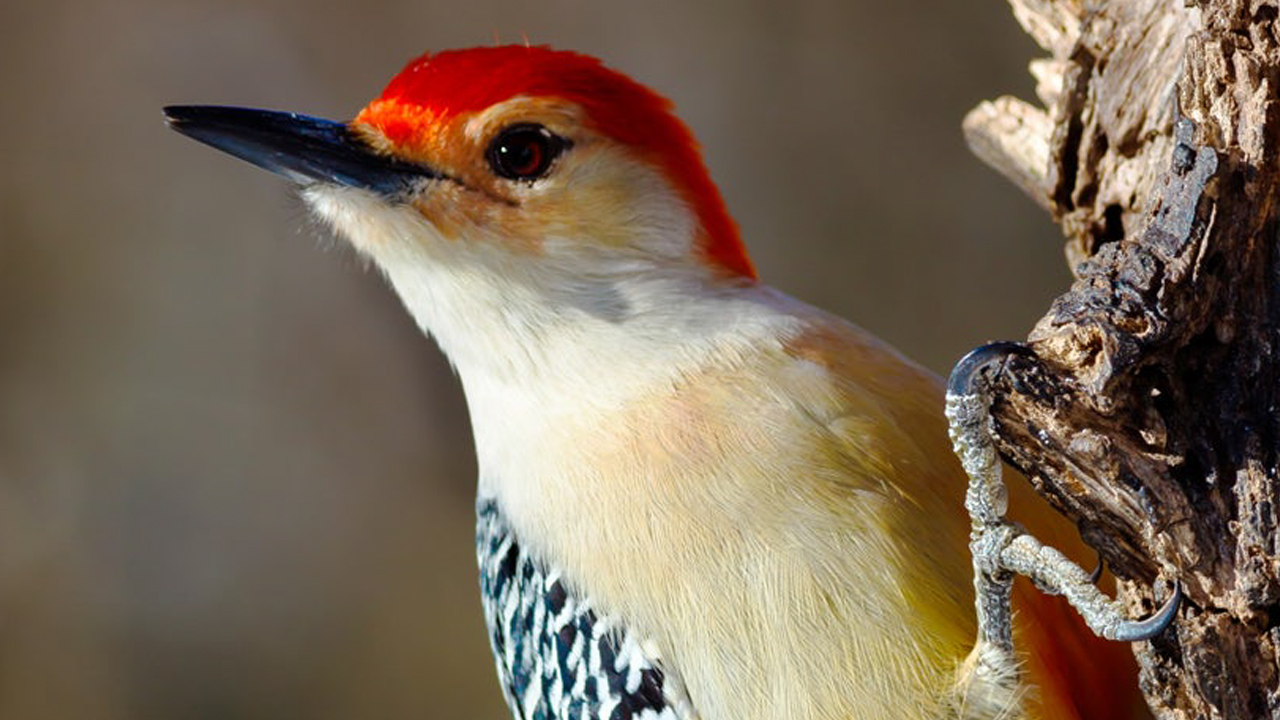
Among these efforts habitat protection, sustainable forest management and the creation of protected areas. Of course, it is also important to raise public awareness for the protection of woodpeckers and other wildlife.
Some conservation projects, especially endangered woodpecker species It is specially designed for. Projects include strategies such as habitat restoration, monitoring and protecting endangered species.
Our other content where we compile interesting information about animals:
RELATED NEWS
Much More Than What We Watched in the Ice Age: 10 Facts About Mammoths That Extinct 11 Thousand Years Ago
RELATED NEWS
You Will Swallow Your Small Tongue When You Read How They Mating Works and How Long It Lasts: 11 Surprising Facts About Anacondas
RELATED NEWS
Don’t be fooled by their majestic appearance: 10 Facts about the Tibetan Mastiff, which has a lovely loyal friend inside.
RELATED NEWS
If We Want to Eat Fruit, We Need Bats: But Why?
RELATED NEWS
